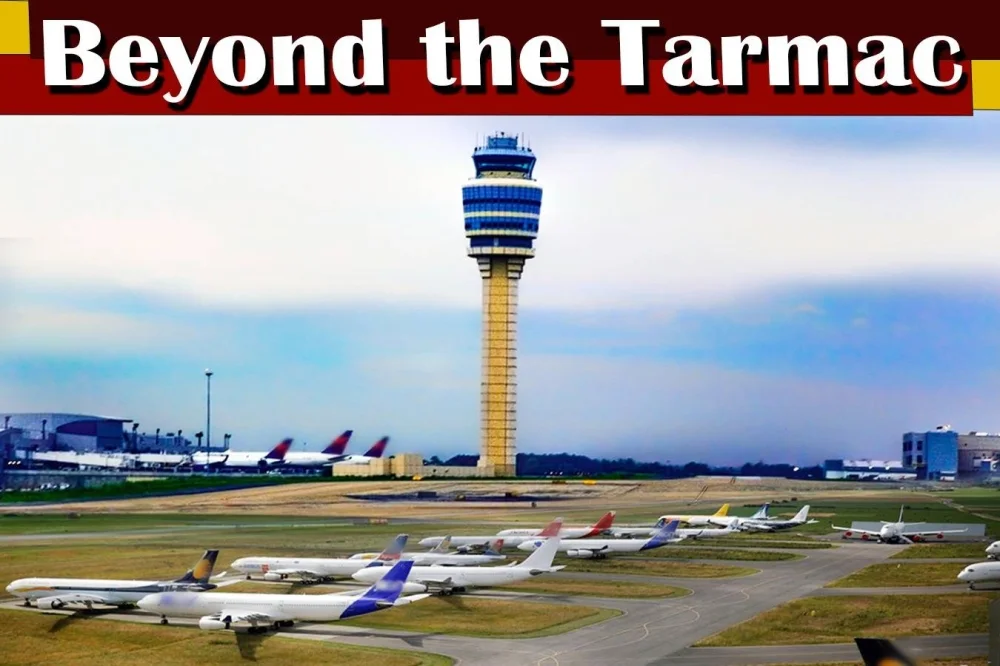
|
But the industry left 2022 in far stronger shape than it entered, as most governments lifted pandemic-related travel restrictions during the year and people took advantage of the restoration of their freedom to travel.
This momentum, experts say, is expected to continue in 2023, despite some governments’ over-reaction to China’s re-opening last month.
Total traffic in 2022 (measured in revenue passenger kilometres or RPKs) rose 64.4% compared to 2021. Globally, full year 2022 traffic was at 68.5% of pre-pandemic (2019) levels.
December 2022 total traffic rose 39.7% compared to December 2021 and reached 76.9% of the December 2019 level.
Despite the setbacks caused by lingering travel restrictions, international traffic took off significantly in 2022 wherever these restrictions were taken down, International Air Transport Association data reveal.
As a result, international RPKs surged from 26.8% of 2019 levels in 2021 to 62.2% in 2022. The year-on-year (y-o-y) growth was 152.2% in 2022.
December 2022 international traffic climbed 80.2% over December 2021, reaching 75.1% of the level in December 2019.
Globally, domestic operations ramped up quicker than international as domestic travel policies offered more certainty to passengers, IATA noted.
Domestic traffic for 2022 rose 10.9% compared to the prior year. 2022 domestic traffic was at 79.6% of the full year 2019 level. December 2022 domestic traffic was up 2.6% over the year earlier period and was at 79.9% of December 2019 traffic.
FIFA World Cup Qatar 2022 and the Dubai Expo 2020 (held between October 2021 and March 2022) were mainly responsible for a 157.4% traffic rise in the Middle East region last year compared to 2021.
Monitored domestic markets continued to show resilience and steady traffic levels. International passenger traffic within and between the Asia Pacific region and the rest of the world also continued to show positive trends.
International passenger traffic recovered substantially last year. All regions experienced strong growth propelled by pent-up demand for air travel and easing restrictions globally. In December 2022, international RPKs tracked 24.9% under the same month in 2019 and conserved momentum with steady performance from all regions.
Airlines of the Asia Pacific region continue to display the highest y-o-y growth rates. In December, international RPKs increased 302.7% y-o-y.
International traffic within Asia maintained its growth momentum this month and increased to 79.1% of December 2019 levels.
Although, different route areas between this region and the rest of the world present uneven levels of recovery, a strong positive trend persisted until the end of 2022.
Middle Eastern carriers recorded 69.8% y-o-y growth this month and international RPKs are now 16.3% under pre-pandemic levels.
Recovery trends for traffic in the premium and economy cabin classes remain broadly aligned, IATA noted.
Economy class RPKs, which include premium economy (and accounts for 92% of total RPKs) reached 73.6% of their November 2019 level in November 2022.
Premium RPKs, which capture travel in first and business class cabins – fared nearly as well at 77.3% of November 2019 level.
After Covid-19 brought the world to a standstill in early 2020, airports and airlines soon found themselves scrambling for survival, as passenger traffic essentially eroded, particularly on international routes.
In its history, the industry has never experienced such a turbulent period.
IATA’s Director General Willie Walsh noted: “Let us hope that 2022 becomes known as the year in which governments locked away forever the regulatory shackles that kept their citizens earthbound for so long. It is vital that governments learn the lesson that travel restrictions and border closures have little positive impact in terms of slowing the spread of infectious diseases in our globally inter-connected world.
“However, they have an enormous negative impact on people’s lives and livelihoods, as well as on the global economy that depends on the unfettered movement of people and goods.”
Undoubtedly, the commercial aviation industry finds itself at a critical inflection point - ready to take off after several years of disruption and uncertainties, but still grappling with fundamental issues that threaten its long-term growth and success.
Pilot shortages, supply chain issues and infrastructure investment among other issues will plague the industry and have a major impact on it this year, and probably in the medium-term.




